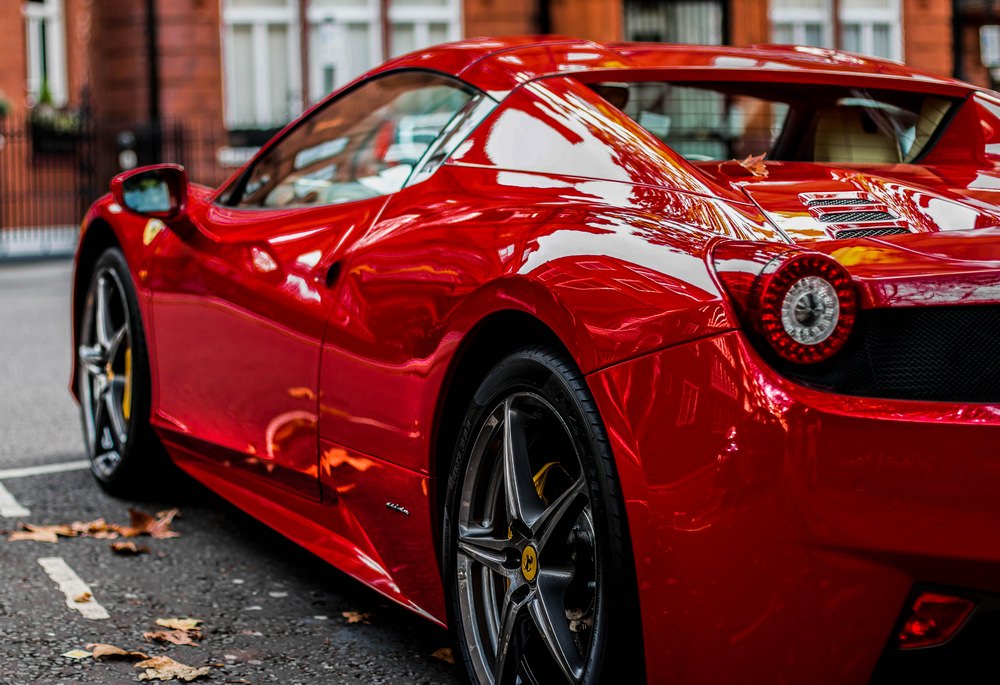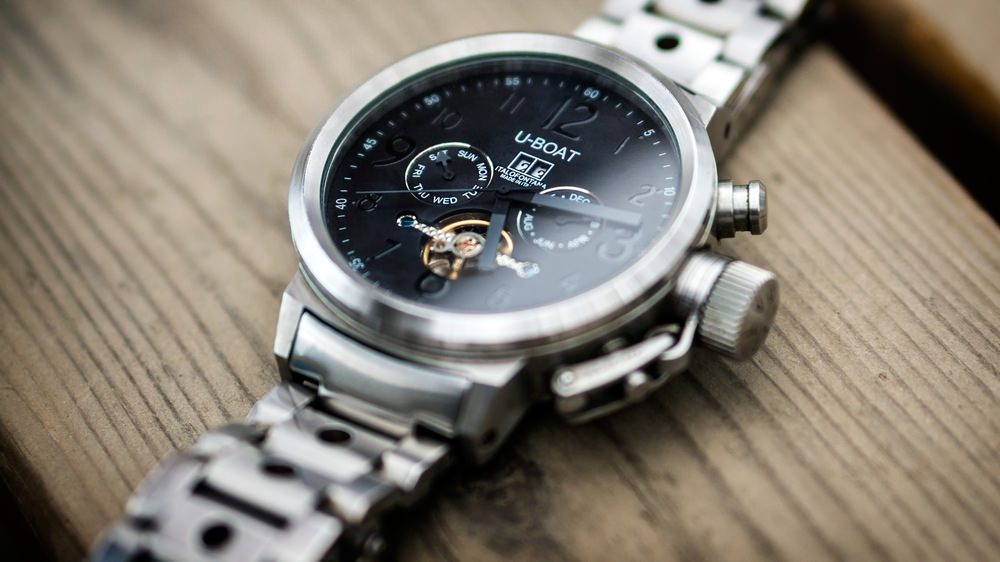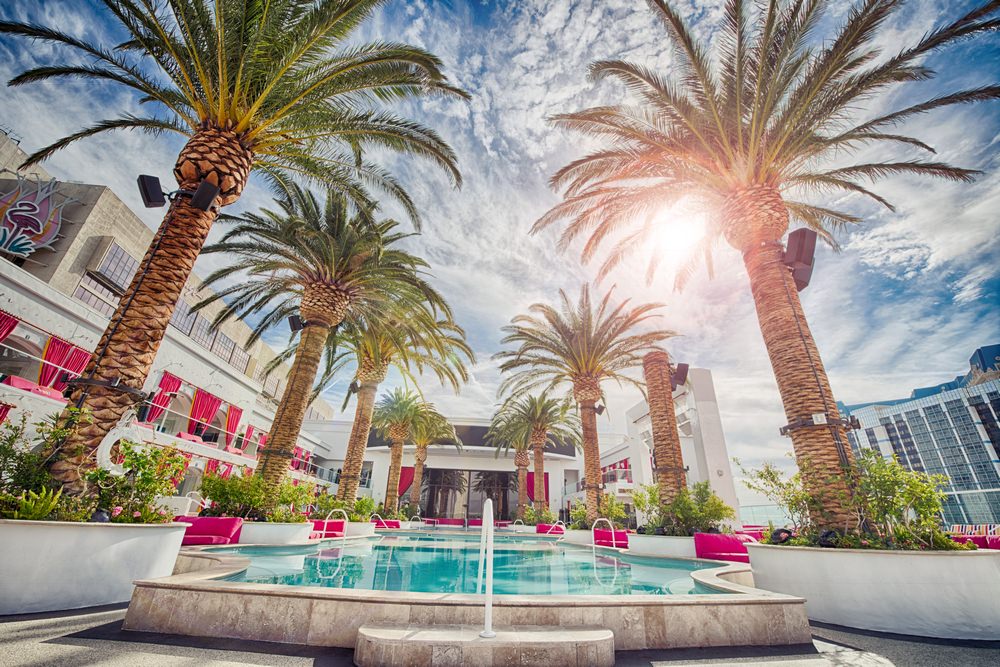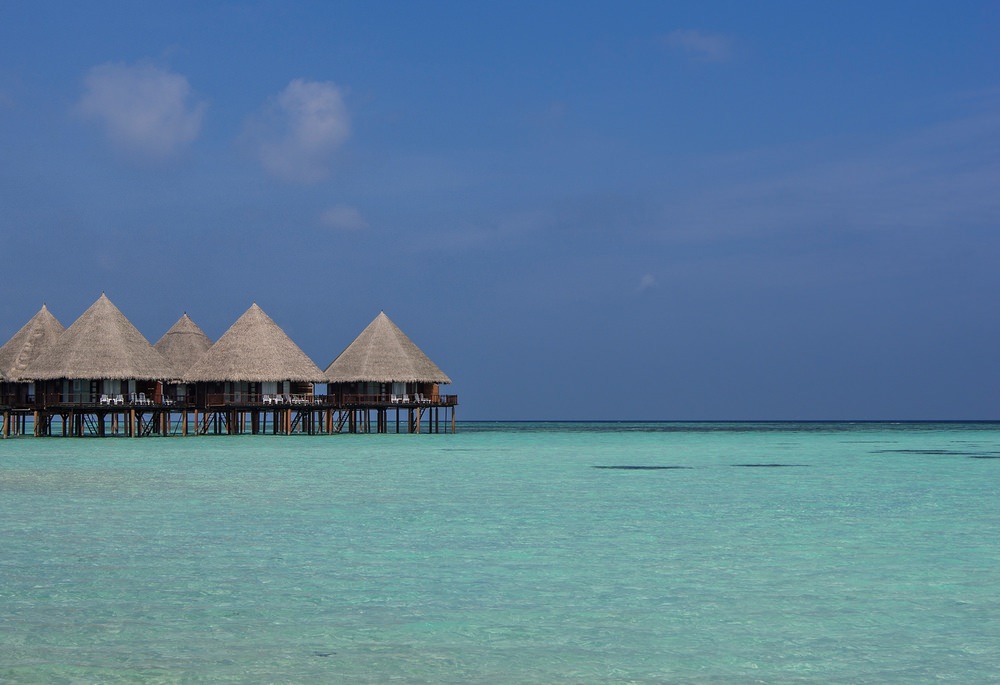Poles spent PLN 25 billion on luxury this year, with cars and clothes dominating. In 2019, the luxury goods market in Poland will be worth PLN 25 billion, estimates KPMG. Premium cars remain the largest segment, and hotel and SPA services are one of the fastest growing branches of this market.
Already 116,000 Poles have assets of over PLN 1 million. The number of wealthy Poles (gross monthly salary over PLN 7.1 thousand) in 2018 amounted to over 1.4 million people, about 235,000 more than in the previous year.

KPMG estimates that by 2022 this number may increase up to 2 million. The number of the wealthiest Poles is growing. Last year, the number of the highest paid Poles increased significantly.
Rich people, with a minimum income of PLN 20,000 gross per month, living in Poland numbered 234.4 thousand. (an increase of 20.6% yoy). Their total income amounted to PLN 155.6 billion.
On the other hand, the number of very rich taxpayers with incomes above PLN 50,000 increased by over a third (33.5% yoy). 66.7 thousand such people live in Poland, their total income around PLN 93.7 billion.

In turn, the fastest growing among the analyzed groups are Poles earning over PLN 1 million gross annually.
According to data from the Ministry of Finance, in 2018 there were 32.1 thousand such people, which means an increase of as much as 38.4 percent. yoy, and their total income amounted to PLN 68.8 billion.
The wealth of Poles can also be looked at in terms of the number of people belonging to the HNWI (high net worth individuals) category. Almost 116 thousand persons qualifying for the HNWI category, i.e. persons whose net assets exceed the value of USD 1 million, live in Poland in 2019. In this respect, Poland has already overtaken Finland and Greece – informs KPMG in their report.

Most wealthy people live in the Mazowieckie Province (the result drives Warsaw). In total, in the Mazowieckie voivodship in 2018 there were 393 thousand wealthy people (27.4% of total), 64.7 thousand rich people (27.6%) and 15.5 thousand very rich people (23.2%). The largest number of people with an annual income above PLN 1 million gross – 7,000 live in this province.
Other voivodships where many wealthy citizens live are Śląskie (157.2 thousand people), Dolnośląskie (131.6 thousand) and Małopolskie (127.5 thousand).
On the other hand, the largest number of people earning more than 7.1 thousand per month PLN gross came in the Mazowieckie (+52 thousand people), Śląskie (+32.2 thousand) and Dolnośląskie (+23.6 thousand) voivodships.

The richest drive the luxury goods market
The luxury goods market this year is worth over PLN 25 billion (+5.4% yoy). In 2024, the Polish luxury goods market will exceed PLN 38 billion.
As in previous years, luxury and premium cars remain the largest segment of the luxury goods market in Poland. In 2019, the value of this category may reach PLN 16.3 billion.
– The premium car segment is growing much faster than the entire market. It shows that Poles are getting richer. Naturally, most of these purchases are dominated by companies and businesses. If you take cars as a litmus paper of the increase in demand on the luxury goods market, this is certainly the case.
– When it comes to specific segments, the SUV devours all others, including sedans and estate, which decrease every year. For Volvo, the three best-selling car models are SUVs – XC60, XC40 and XC90. Volvo sales have been growing consistently since 2012. We expect 2020 to be another record year in our case, demand will continue to grow.
Stanisław Dojs, manager responsible for communication at Volvo Car Poland, Wirtualnemedia.pl

The value of the global luxury goods market is already EUR 281 billion, where demand is fueled by China.
Another specific segment in Poland is luxury clothing and accessories, which may reach PLN 3.1 billion this year. Clothes account for the largest share (63%), but the footwear segment has achieved the highest growth, increasing by over 9%. yoy.
Compared to the previous year, hotel and SPA services are the fastest growing segment (11.7% yoy). According to estimates, this category may reach PLN 2.2 billion in 2024, which means an increase of up to 58 percent, relative to the current year.

Alcohols are the second fast-growing segment, the value of which may increase in 2019 by 8.9% yoy. Jewelry is also noteworthy, whose value may increase by 8 percent yoy up to PLN 229 million.
Why do we buy luxury products? Almost three-quarters of Poles (72 percent) declare that they buy luxury goods.
As the authors of the report note, such a high percentage may result from the fact that for different groups there is a different definition of what ‘luxury’ is.
The youngest respondents (18-35 years) more often than in other age groups declared themselves as purchasing luxury goods people.
People who do not buy high-end products most often indicated the lack of money as the reason. Other reasons include no need to have them or no belief that a higher price means better quality.

The most frequently purchased luxury goods are perfumes and cosmetics, clothing and footwear, and alcohol. The least often we decide to buy are works of art and real estate.
In the alcohol segment, Jack Daniel’s and Johnnie Walker are associated with luxury, much less often with Dom Perignon, Moet & Chandon and Ballantine’s. This suggests that luxury in the case of alcoholic beverages is associated in Poland more with the type of alcohol (whisk(e)y, champagne) than with the typically higher-end brands – assess the authors of the report from KPMG.
Louis Vuitton is the most valuable luxury brand in the BrandZ ranking.

Perfume and cosmetics brands associated with luxury are primarily Chanel, Dior, Calvin Klein, Hugo Boss and Armani.
On the other hand, respondents had a big problem with indicating luxury brands of electronic equipment. The most answers concerned Apple and Samsung brand equipment, followed by LG, Phillips and Bosch.
The luxury of a given product is identified with brand prestige (68% of responses), quality and reliability (66%) as well as appearance, design and aesthetics (63%). The values represented by the brand (17 percent) and the fact that it was promoted by famous people (27 percent) were the least frequently indicated.

The high price and tradition of the brand are definitely more important for both older age groups (36-50 years and 51+ years) than for people in the 18-35 age range. The data presented in the survey comes from surveys that were collected in October 2019 by the CAWI (Computer Assisted Web Interview) method by Norstat. 1549 respondents were questioned.
Source: Wirtualnemedia
Is this blog post helpful? Do share with us!
As we are a full service Polish PR and communications agency, our mission is to create and deliver the best communications for international brands and organisations in Poland, and wherever Polish consumers live.
For a responsible, result-driven, creative and well-organised Polish marketing communications agency that will develop professionally crafted, strategic and engaging campaigns, call +48 (0) 123 121 769; +44 (0) 7737 163 194 or email us – newbusiness@all4comms.com.